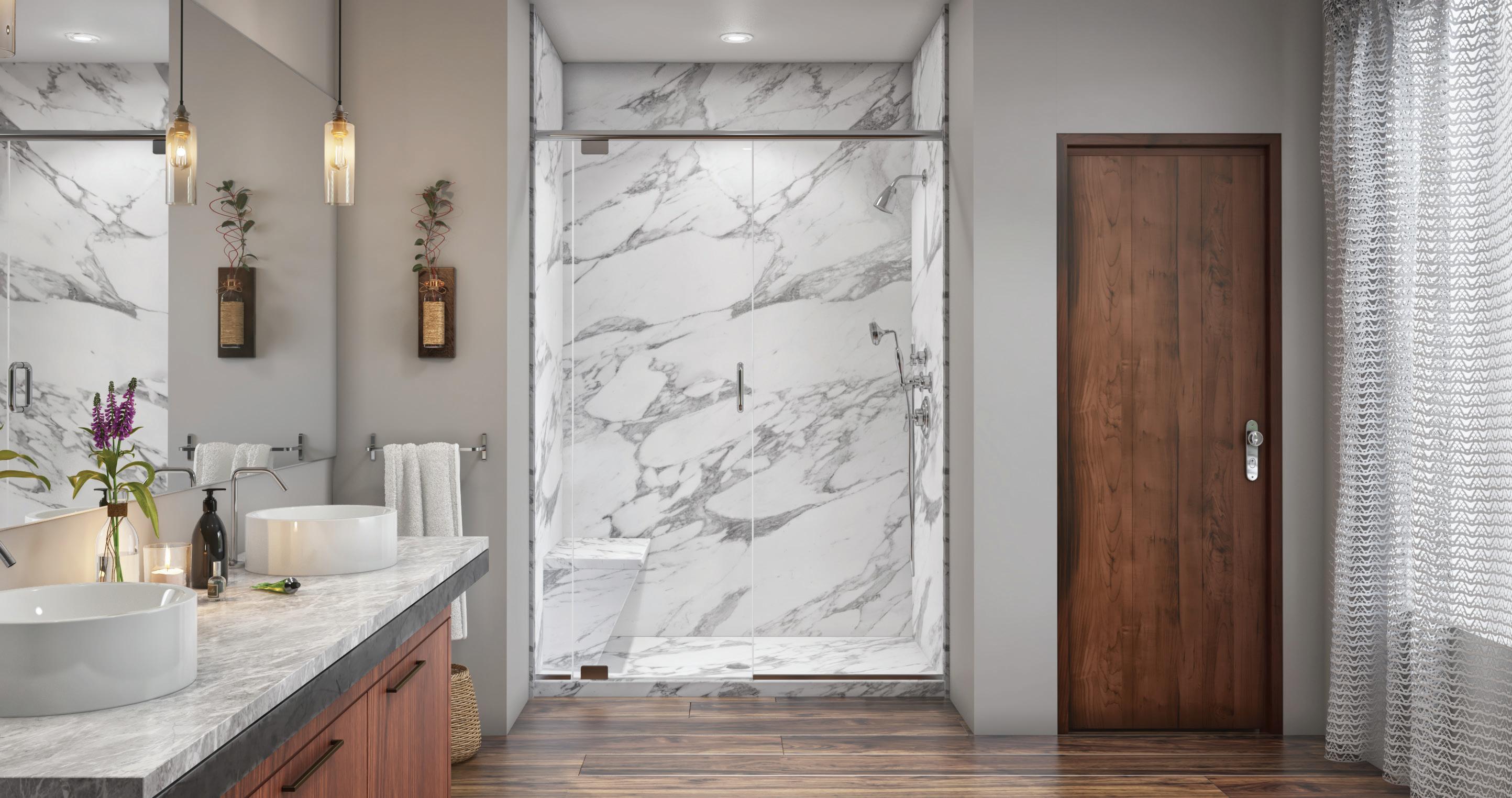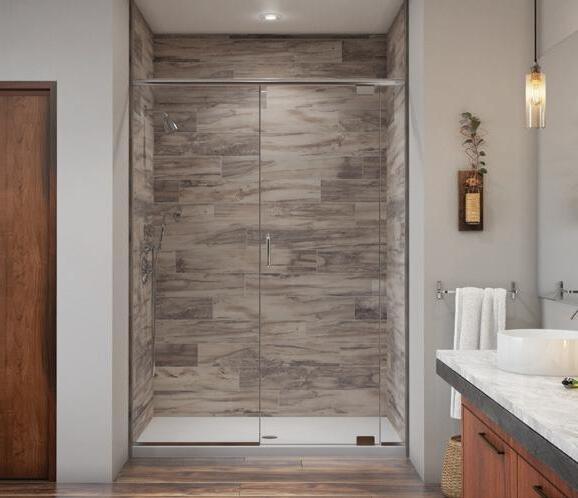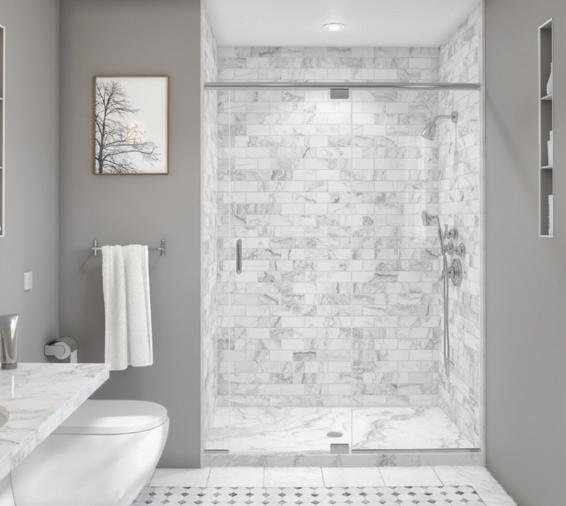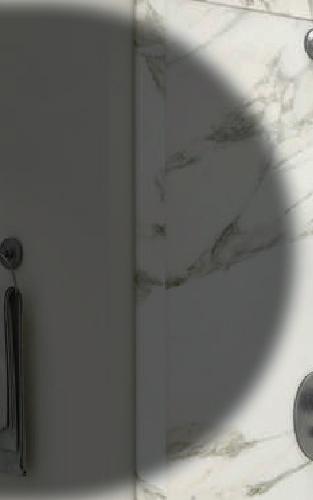
1 minute read
Light your Landscape in a Flash
Installing or upgrading exterior lighting for your home can be intimidating if you’ve never done it before, but once you sketch out an idea of what you want to accomplish and learn about some of the techniques that can get you there, the details have a way of falling into place.
All you need is a little time to home in on your goals and start planning.
What do you want to light and why?
Safety and security are often primary motivators, both to improve visibility for family and friends and to deter would-be intruders.
Highlighting favorite yard features such as stately trees, smaller plants that disappear at night or the intricate texture of a wall or fence also can be a priority. And, of course you want to see well enough to grill or entertain outdoors.
In some cases HOA or municipal regulations may limit what you’re able to do or you may want to avoid pointing lights upward to preserve your night sky view.
What do you want the fixtures to look like?
Many people appreciate ornamental light fixtures such as posts, lanterns, hanging lights or ceiling fans on patios and porches while recessed lights, rope and string lights and other subtle choices leave the focus on the landscaping, walkway or other area being lighted.
Larger lights on the house such as motion-sensor floodlights can be difficult to conceal, while wall sconces aren’t meant to be and should match the architectural style of the home.
Which lighting techniques best serve your purpose?
This is easier to know in some cases than others, but use your creativity when you can.
Uplighting trees from the base is a popular way to highlight their height and the texture of the trunk, but also take a look at the shadows they can cast on your house or fence for a potentially intriguing effect.
Cross-lighting a tree, statue or other feature from two or more sides brings its three dimensions into sharper relief.























